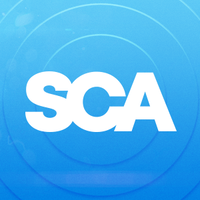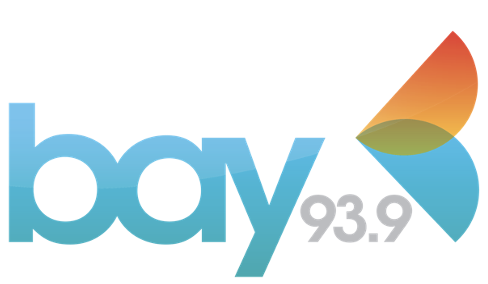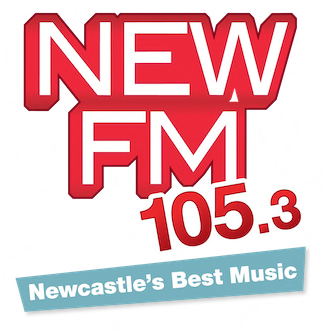Will DAB+ Survive?
Just last week, the industry celebrated 5 years since DAB+ launched in the country.
Data was released by Commercial Radio Australia, research which showed some good growth for the Digital Radio platform;
Nearly 100,000 vehicles sold with DAB+ installed, across 16 Australian market brands. 2.8 mil of peeps are listening to DAB+ digital radio each week in the five state capital cities; topped off with sales of DAB+ receiver’s way in excess of sales expectations.
The DAB+/DAB/DMB family of standards is now the most widely adopted digital radio standard in the world on air in nearly 40 countries.
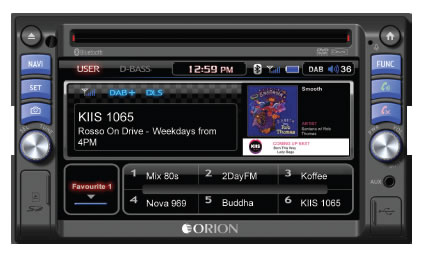 DAB+ In the Car:
DAB+ In the Car:
The shining headline was “Cars drive digital radio figures to five year high”, that is a fact and worth celebrating.
Compare that to the US equal in terms of branding HD Radio, where some are saying “another nail went into its coffin” recently. Website GM Authority reported General Motors has announced that a number of 2015 models are having their Digital Radio ripped out, replaced by Satellite provider XM. Admittedly that’s the US and they have possible had more issues on an industry co-ordinated approach to Digital Radio compared to here.
.jpg) The CRA Report has listed DAB+ digital radio is now available as standard in popular vehicles such as Toyota Camry, Aurion, Ford Focus and Nissan X-Trail. More than 40,000 new vehicles were sold in the first half of 2014
The CRA Report has listed DAB+ digital radio is now available as standard in popular vehicles such as Toyota Camry, Aurion, Ford Focus and Nissan X-Trail. More than 40,000 new vehicles were sold in the first half of 2014
With more manufacturers coming on-board by installing DAB+, how significant is that impact?
Let’s look at total vehicle sales for 2014 year to date.
Look up the Federal Chamber of Automotive Industry website and search for Year to Date sales for 2014. You will quickly see passengers sales alone stood at 312,510 vehicles. The SUV market has clocked over 202,244.
Total Vehicles sales, when you lob in Light Commercials with Passenger and SUV sales, 630,329 new vehicles on the road this year alone.
Since 2011 we have secured close to 100,000 DAB+ receivers in the dash in total. It’s a slow, slow build, which the industry is still working hard on to develop further with manufacturers.
If we jump to a more mature market for Digital Radio like the UK, the CRA report covers off CAP/SMMT data in the UK that shows that in Q2 2014, DAB digital radio as standard, increased by 5 points to 55% of all new car registrations from 50% in Q1 2014.
Like Australia, the UK industry has a conversion and education battle still playing out with a recent retailgazette.co.uk article reporting that Ofcom (the UK Regulator) figures showed “Over 60 per cent of cars still don’t have DAB radios fitted as standard”.
But one thing the UK has looming versus Australian Digital Radio, is the fear of a cut-off date for Analogue radio, though not set.
For our industry we will sit tight, expanding DAB+ reach with no cut-off date set.
“A highly competitive media landscape means radio, like all other media, must fight hard to keep increasing its audience and attract advertising dollars. Fortunately, one of radio’s strength’s is to effectively respond to change. Reliance purely on analogue only limits radio’s ability to innovate. Online streaming can’t replicate or replace the reach of large broadcast radio to large audiences simultaneously. Radio must be available across all platforms – AM, FM, DAB+, online, in mobiles, on tablets, in cars and any other new device that comes to market.", the report states.
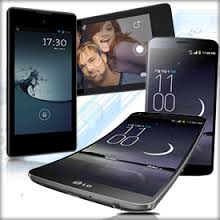 DAB+ In Mobile:
DAB+ In Mobile:
And next is the holy grail, Mobile devices with a DAB+ Chip inside.
The CRA report talks positively saying: “Sixty percent of Australians say they would benefit from having a DAB+ receiver in a Smartphone” (DAB+ Digital Radio Study Hoop Group, July 2014).
“Consumers would welcome integration of free to air DAB+ broadcast chips in handsets so that they can receive broadcast radio free to air.”
Will adding a chip be enough when the horse has bolted with a multitude of apps that serve content already? Bandwidth issues or not, consumers are already online.
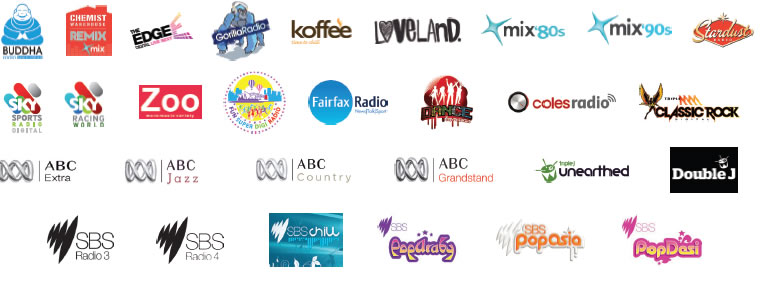 DAB+ or Distribution Channels:
DAB+ or Distribution Channels:
Mark Ramsey recently wrote about the US HD Radio experience. As we touched on earlier, the US market has a complete set of different variables in play, so you can’t compare apples to apples, but this is what he did say:
“The primary benefit in a crowded techno-space of this still large distribution channel is that we can use it to shine the light on our content offerings which live on the air, off the air, online, in person – wherever consumers want to collide with that content and enjoy it.”
“Ask a listener tuning in your station via iHeartRadio whether they listen online or to the radio and they will wrinkle their brow: “What do you mean?” they’ll ask. “I’m listening to radio – online!”
Content Wins – no matter what the delivery distribution channel. Mark goes on to say:
“Repeat after me: All technology is transitional.”
"ALL technology. Including the kind that delivers your dial position on an FM or AM radio. Distribution, of course is critical. And so is content. But don’t confuse either of these with “over-the-air radio.”
The Wrap:
In closing, as I was sitting here the other night writing this article, my wife asked me what I was up to. I said I was writing about Digital Radio.
Like many partners, she has traipsed, traversed and otherwise followed me around the country for a fair chunk of my 26 plus year career. She has always been interested in what I do, but is no groupie when it comes to the radio industry.
Though a survey of one, her response was priceless.
“Digital Radio… is that music available on the internet and stuff”
Ah….No!
